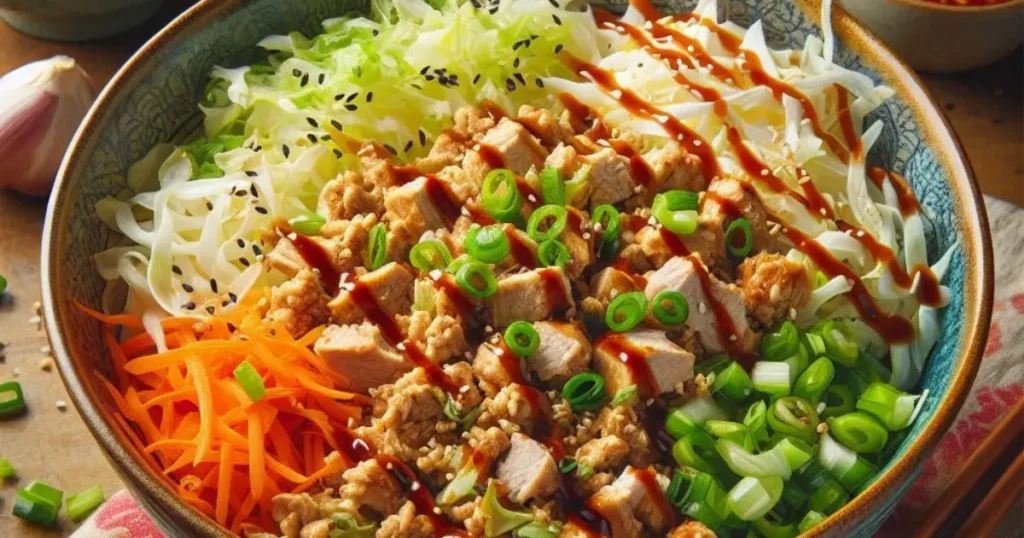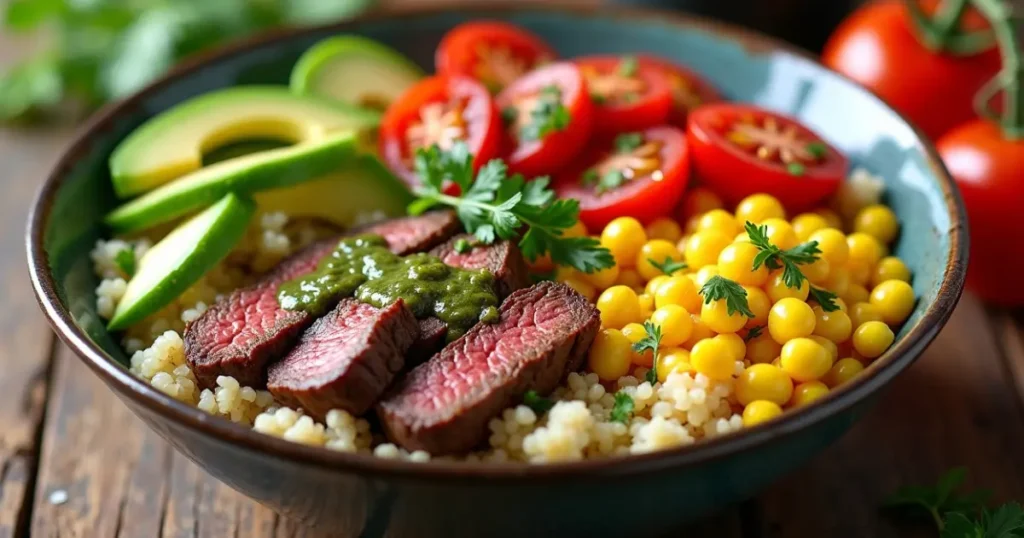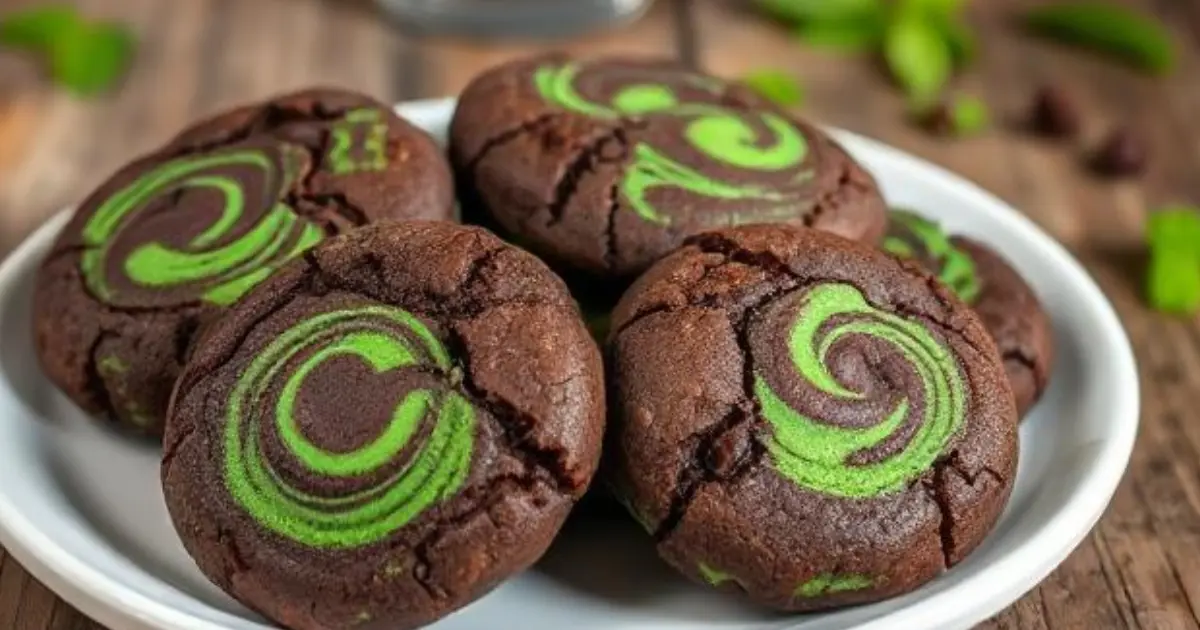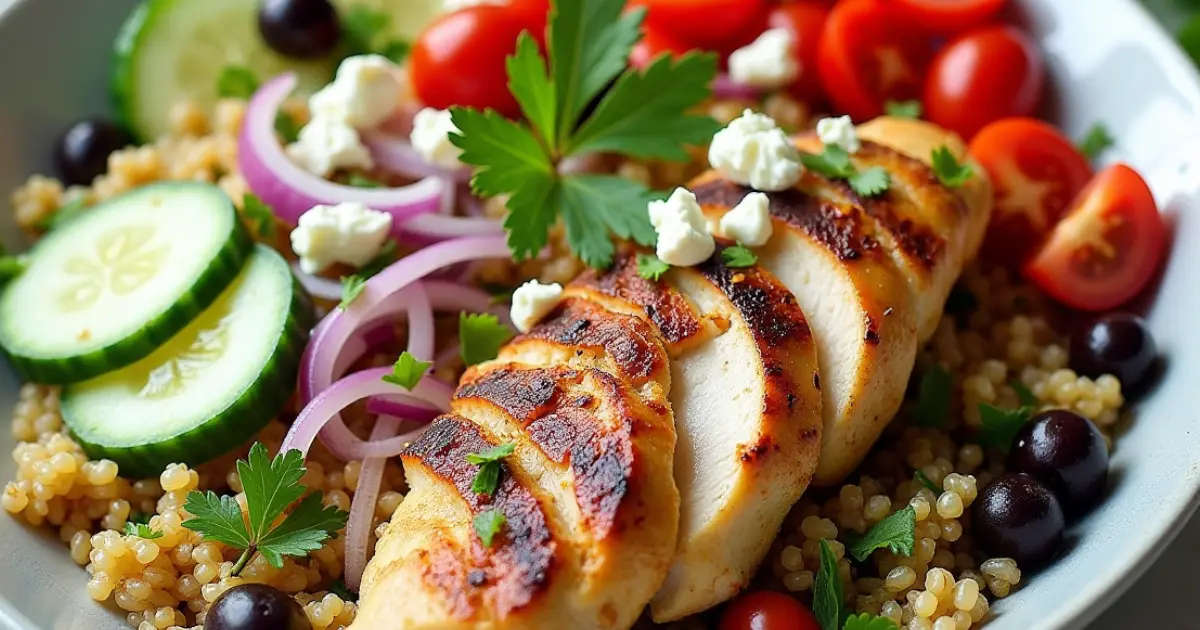Now Reading: How to Smoke Texas-Style Beef Brisket in 7 Steps
- 01
How to Smoke Texas-Style Beef Brisket in 7 Steps
How to Smoke Texas-Style Beef Brisket in 7 Steps
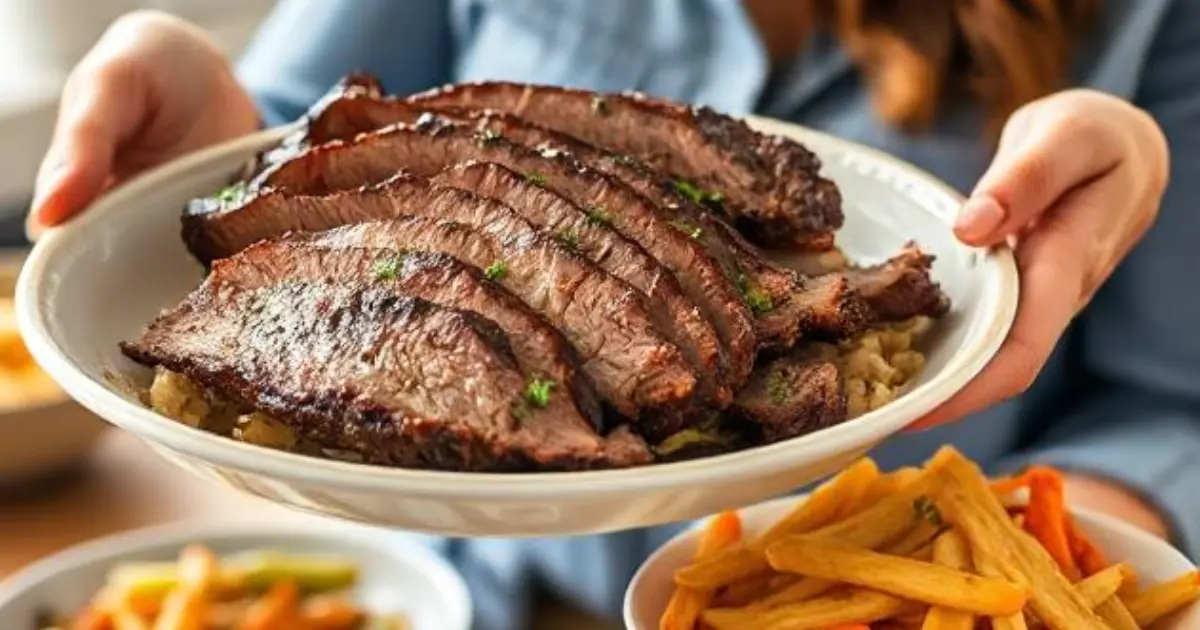
Table of Contents
Imagine the sun setting over a Texas ranch, the air thick with the scent of oak smoke and caramelizing meat. You’ve tried smoking brisket before, but it’s turned out dry, tough, or lacking that iconic bark. Sound familiar? You’re not alone. Smoking a perfect Texas-style beef brisket isn’t just about following steps it’s about embracing a tradition rooted in patience, simplicity, and respect for the craft.
Texas Monthly calls brisket the “holy grail of BBQ,” and for good reason. Unlike other styles drowned in sauce, Texas brisket lets the meat shine with just salt, pepper, and smoke. By the end of this guide, you’ll wield your smoker like a pitmaster, turning a humble cut into a melt-in-your-mouth masterpiece. Let’s fire things up.
What Makes Texas-Style Beef Brisket Unique?
Forget fancy rubs or shortcuts. Authentic Texas brisket relies on three pillars:
- Simplicity: Coarse salt and black pepper—nothing else.
- Low-and-Slow Cooking: 12+ hours at 225°F to break down tough collagen.
- Oak Smoke: The wood choice that defines Central Texas BBQ.
A USDA report shows brisket consumption in Texas outpaces other states by 40%, proving its cultural grip. But the real magic? That glossy bark and rosy smoke ring you’ll achieve by sticking to tradition.
Gear Up: Tools and Ingredients You Can’t Skip
Essential Equipment
- Offset Smoker: Traeger or Oklahoma Joe models mimic traditional setups.
- Meat Thermometer: ThermoWorks Smoke ensures precise internal temps.
- Butcher Paper: For wrapping (avoid foil—it steams the bark).
Ingredients Table
| Ingredient | Quantity | Why It Matters |
|---|---|---|
| Whole packer brisket | 12–14 lbs | Flat + point for ideal texture |
| Coarse kosher salt | ½ cup | Enhances flavor without bitterness |
| Black pepper (16 mesh) | ½ cup | Creates a bold, crusty bark |
| Oak wood chunks | 10–12 | Authentic smoky sweetness |
How to Smoke Texas-Style Beef Brisket in 7 Foolproof Steps
Step 1: Choosing the Right Cut
Look for a “packer cut” (USDA Prime grade) with:
- A ¼-inch fat cap for moisture.
- Even marbling (white streaks = flavor).
- Flexible flat section (prevents dryness).
Pro Tip: Ask your butcher for “Certified Angus Beef” for guaranteed marbling.
Step 2: Trimming Like a Pitmaster
- Trim excess fat: Leave ¼ inch for rendering.
- Remove the deckle: Hard fat between the flat and point.
- Round the edges: Prevents burning during the long cook.
Save trimmings! Render them into tallow for brushing later.
Step 3: Applying the Texas Rub
Mix equal parts salt and pepper in a shaker. Apply liberally—think “Texas snowstorm.” Let the brisket sit uncovered in the fridge for 1 hour to form a tacky surface (helps smoke adhere).
Step 4: Fire Management 101
- Fuel: Use charcoal as a base, adding oak chunks for smoke.
- Temp Control: Keep between 225–250°F. Open vents wider if too cool; close slightly if too hot.
- Water Pan: Place under the grates to stabilize humidity.
Avoid Soaking Wood: Dry chunks burn cleaner (AmazingRibs.com confirms this myth is bunk).
Step 5: Surviving the Stall
Around hour 4, the internal temp will hit 160°F and plateau for hours as moisture evaporates (the stall). Don’t panic!
- Spritz hourly with apple cider vinegar to slow moisture loss.
- Wait it out: Rushing with high heat ruins tenderness.
Step 6: The Texas Crutch
At 165°F, wrap the brisket in butcher paper. This:
- Speeds up cooking without steaming the bark.
- Preserves juiciness.
Return to the smoker until it hits 203°F (probe should slide in like butter).
Step 7: Resting and Slicing
- Rest: 2+ hours in a cooler (wrap in towels to retain heat).
- Slice: Separate the flat and point. Cut against the grain into pencil-thick slices.
3 Costly Mistakes to Dodge
- Skipping the Rest: Slicing too soon drains juices.
- Over-Stacking Wood: White smoke = bitter flavor; aim for thin blue smoke.
- Ignoring the Grain: Slicing with the grain = chewy meat.
Pro Tips for Brisket That Beats the BBQ Joint
- Brush with Tallow: Melt reserved fat trimmings and coat the brisket before wrapping (thank Aaron Franklin later).
- Monitor the Point: It cooks faster than the flat—rotate the brisket halfway.
- Save the Burnt Ends: Cube the point, toss in BBQ sauce, and smoke another hour.
Texas-Style Beef Brisket FAQ
- Can I use a gas grill?
Possible, but offset smokers deliver better smoke flavor. Use a smoke box with wood chips. - How do I fix dry brisket?
Slice and simmer in beef broth for 10 minutes. - What sides pair best?
Classic Texas picks: pickled onions, pinto beans, and jalapeño cornbread.
Ready to Claim Your BBQ Bragging Rights?
You’ve got the tools, steps, and insider tricks. Now it’s time to light that smoker and let the oak work its magic. Tag #TexasBrisketPro on social media to showcase your success—we’ll feature the best posts!
Don’t forget: Bookmark this guide for your next cookout. Share it with a friend who’s still serving hockey-puck brisket. Happy smoking! 🔥












